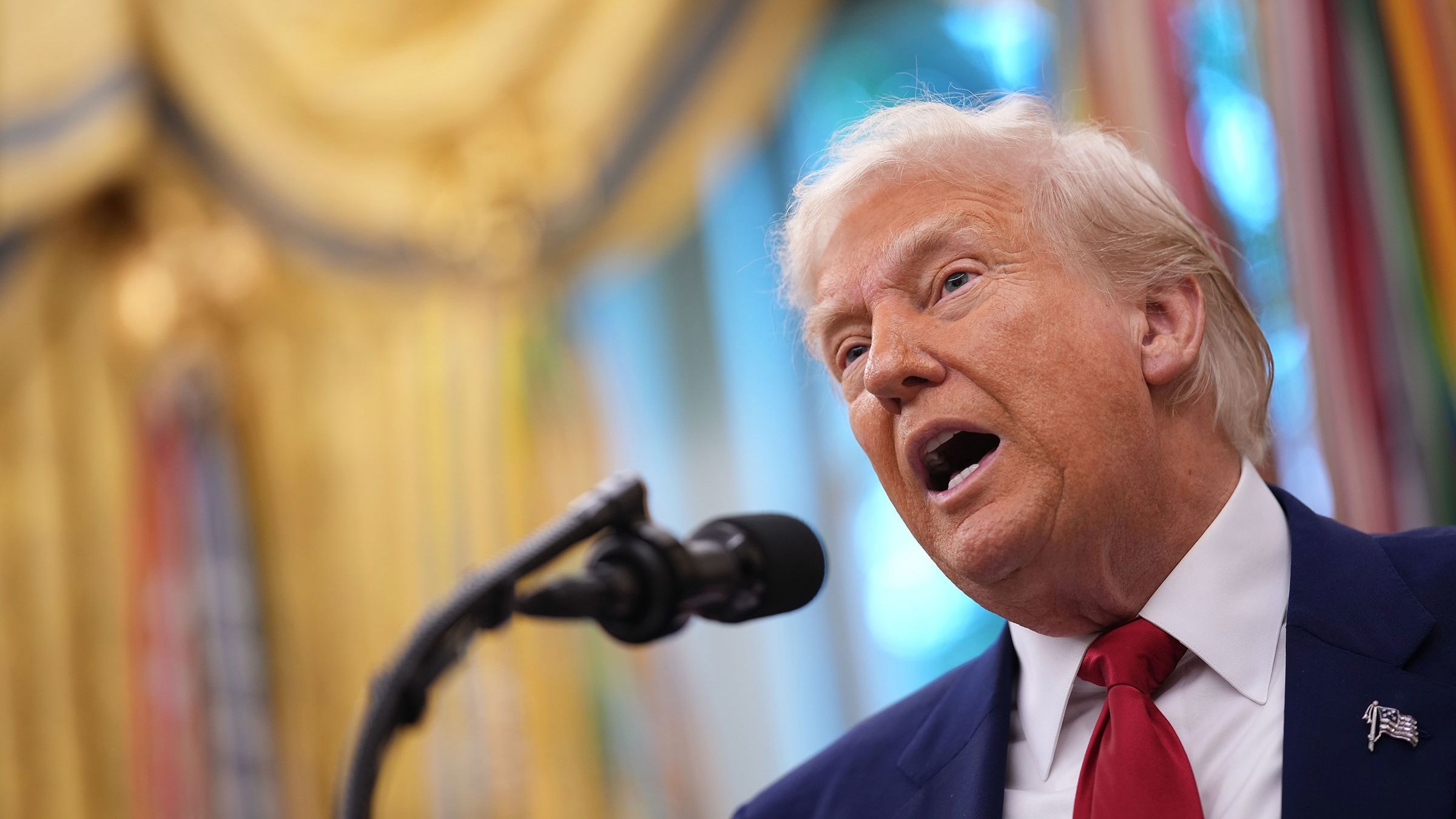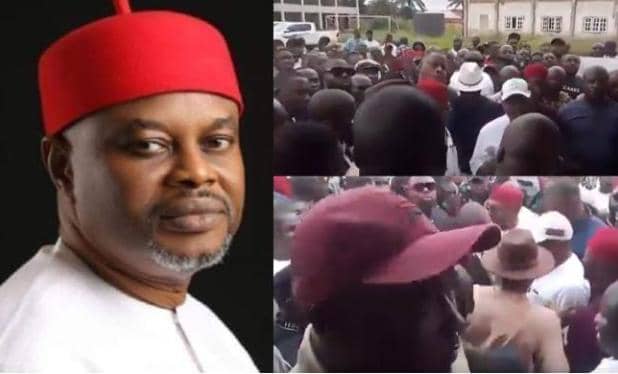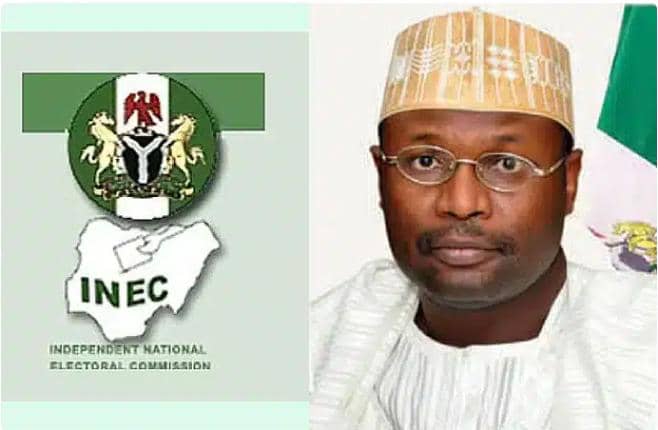News
US. appeal court halts Trump’s mass firing plans, puts them on hold

A U.S. appeals court on Saturday, May 31, 2025, ruled to keep a halt in place on President Donald Trump’s executive order calling for mass firings of federal employees.
This marks a significant legal setback for the administration’s efforts to dramatically reduce the size of the federal workforce.
The executive order, signed by Trump in February, directed federal agency heads to begin implementing “large-scale reductions” in staffing across departments.
The order was part of a broader initiative by the Trump administration to cut government spending and overhaul the structure of federal agencies.
However, the implementation of the order was blocked earlier this month by a judge in California.
The Ninth Circuit Court of Appeals in San Francisco has now upheld that injunction in a 2-1 decision.
In its ruling on Friday, the court concluded that the president had overstepped his constitutional authority.
“The Executive Order at issue here far exceeds the President’s supervisory powers under the Constitution,” the majority opinion stated.
It acknowledged that the president holds significant authority to remove appointed officials within federal agencies .
However, it emphasized that this power does not extend to unilaterally imposing sweeping changes without congressional approval.
The Trump administration had appealed for an emergency stay to lift the injunction, which was originally issued by U.S. District Judge Susan Illston.
Judge Illston had raised serious concerns over the legality of such drastic changes being undertaken without legislative backing from Congress.
Her ruling found that the president could not unilaterally reorganize the federal workforce or initiate mass terminations on such a scale.
The legal challenge was brought by a coalition of federal employee unions, local governments, and non-profit organizations.
They argued that the executive order and accompanying directives issued by the Office of Personnel Management (OPM) and the Office of Management and Budget (OMB) undermined long-standing civil service protections.
They also argue that it circumvented the proper legislative process.
These directives were part of a broader initiative to implement the staffing cuts laid out in Trump’s order.
The administration’s effort to slash federal staffing is being led by the Department of Government Efficiency (DOGE).
DOGE was supposedly formed to spearhead cost-cutting measures and streamline the federal bureaucracy.
Billionaire entrepreneur Elon Musk, known for his roles in technology and innovation, was tapped by Trump to advise and assist the department in carrying out its mandate.
The White House has stated that this initiative is essential for reducing waste, increasing efficiency, and decreasing the overall cost of government operations.
Since Trump assumed office, tens of thousands of federal workers have reportedly either been fired, accepted voluntary buyouts, or been placed on administrative leave.
The administration maintains that these measures are necessary to make the federal government more agile, responsive, and fiscally responsible.
Despite the ruling, the Trump administration has made it clear that it will not back down.
In a statement provided to U.S. media, the White House criticized the judiciary’s interference in executive operations.
“A single judge is attempting to unconstitutionally seize the power of hiring and firing from the Executive Branch,” the statement read.
This supposedly signals the administration’s intention to challenge the ruling, potentially all the way to the Supreme Court.
Legal experts suggest that the Supreme Court may ultimately be asked to weigh in on the case, given its implications for the separation of powers between the executive and legislative branches.
At the heart of the dispute is whether a sitting president can, without congressional input, implement structural changes that significantly alter the size and function of the federal workforce.
The Ninth Circuit’s decision keeps the injunction in place.
This means that any further firings or staffing reductions tied directly to the executive order remain on hold.
For now, the future of Trump’s ambitious government downsizing agenda is uncertain, pending further legal developments.
The case underscores growing tensions between the judiciary and executive branches.
It also underscores broader debates over the scope of presidential authority and the protection of federal workers’ rights.
With the possibility of Supreme Court involvement, the final outcome may set a significant precedent for future administrations.
For Diaspora Digital Media Updates click on Whatsapp, or Telegram. For eyewitness accounts/ reports/ articles, write to: citizenreports@diasporadigitalmedia.com. Follow us on X (Fomerly Twitter) or Facebook












